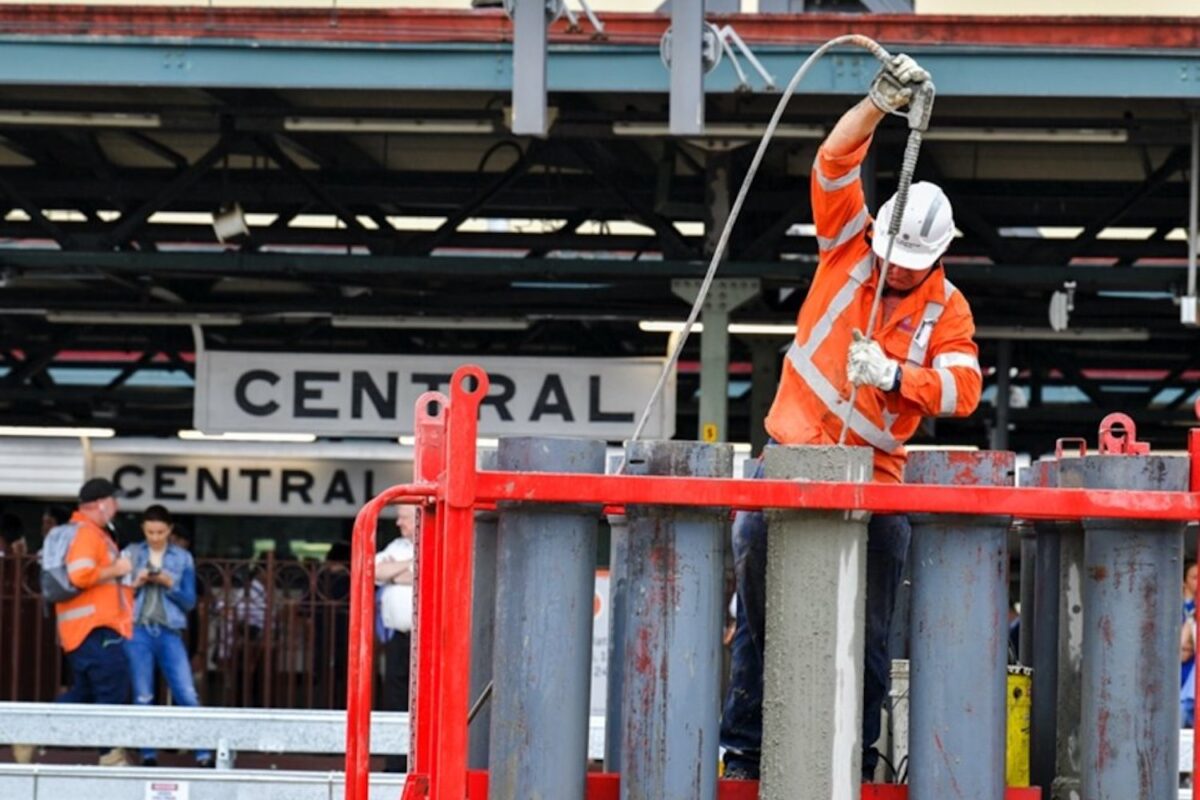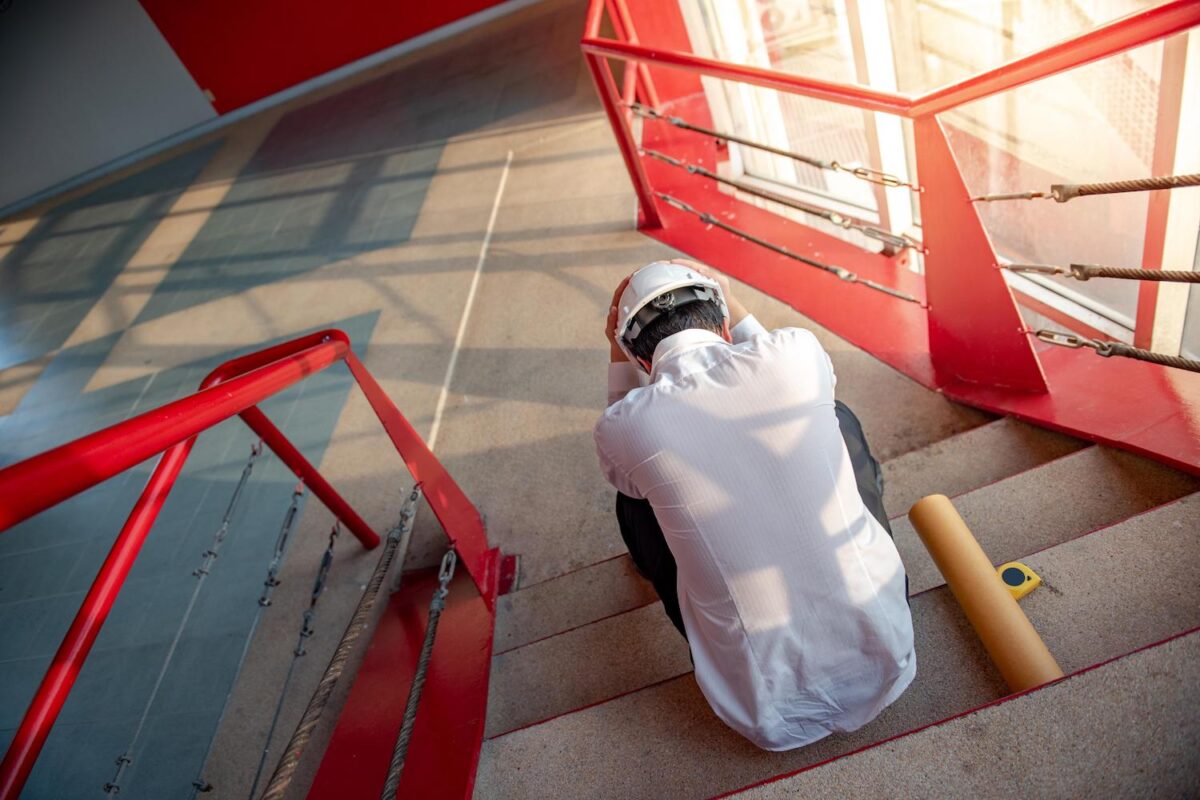The gulf between male and female employment post-COVID in Australia is widening – and it’s not good news for blokes.
More Australian men and women are now in a job than before the pandemic, with the unemployment rate hitting a record low for women despite interest rate hikes from the RBA. The same, however, can not be said for men.
The first economic figures for the year, released by ABS, show unemployment standing at 3.8% for men and 3.5% for women. The majority of states reported a lower unemployment figure for women, including NSW, where the women’s unemployment rate was 2.8%, the lowest since records began 45 years ago.
So why are Australian men struggling more to find work than Australian women?
The difference in the post-pandemic rebound has been attributed to an increased demand for services from industries that employ higher shares of women including childcare, healthcare, and hospitality.
Women with children have scored the highest relative employment gains, with flexible working allowing those with caring commitments to stay in their jobs.

Conversely, men’s unemployment hit its previous low of 3.3% in October last year – but has since been slowly rising as inflation and a higher cost of credit has impacted male-dominated industries, like trade and construction.
Companies in these industries have been hit from many sides. Building costs increased 11.9% last year, according to CoreLogic, in large part due to the war in Ukraine disrupting supply chains that were already struggling to recover from the pandemic. Interest rate rises have slowed investment into new homes and refurbishments, taking demand off companies that tend to already be highly leveraged, relying on credit to pay subcontractors and secure materials.
The RBA is keeping an eye intently on the unemployment rate, with the view it must be higher in order for inflation to turn a corner. In the context of further interest rate rises, the RBA expects employment to “increase to 3.75% by the end of this year and [to] 4.25% by mid-2025.”
While it’s not a zero-sum game – we should be glad that the female unemployment rate is so low – it’s worrying that Aussie blokes seem to be losing out in today’s economy.
